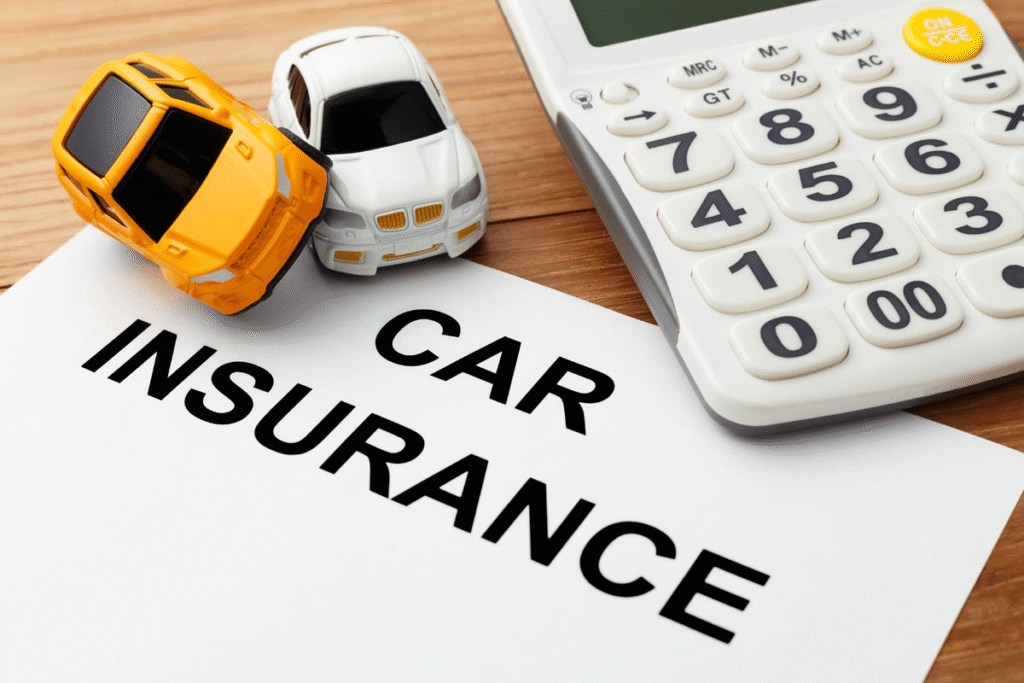How are car insurance rates set? Find out!
Find out how insurance companies determine the cost of car insurance and what influences the price. See tips to save money!
Understand how car insurance rates are set

If you’ve ever wondered why your car insurance premium costs what it does, you’re not alone. Whether you’re a first-time car owner or someone looking to save on coverage, understanding how car insurance rates are set is the first step toward making smarter financial decisions. Insurers use a variety of personal and non-personal factors to calculate your rate, some are in your control, others not so much.
In this post, we’ll break down the main elements that influence car insurance pricing so you can get a better grasp of what you’re paying for, and maybe even find ways to lower your premium.
1. Your Driving History Matters More Than You Think
Your driving record is one of the most important factors that affect your insurance rates. If you have a clean record with no accidents or traffic violations, insurers see you as a low-risk driver.
But if your history includes speeding tickets, DUIs, or multiple claims, expect your premium to go up.
Why it matters: Insurance companies are essentially betting on how likely you are to file a claim. A spotless record tells them you’re probably less of a risk.
Tip: Some insurers offer “accident forgiveness” programs or safe driving discounts if you maintain a clean record over time.
2. The Type of Car You Drive Plays a Big Role
The make, model, year, and even color of your vehicle can influence your rate. High-performance sports cars or luxury vehicles usually cost more to insure because they’re expensive to repair and more likely to be stolen.
On the other hand, sedans or cars with advanced safety features tend to have lower premiums.
Tip: Before buying a car, check how much it would cost to insure. Sometimes, two similar vehicles can have very different rates due to repair costs and theft statistics.
3. Where You Live Affects Your Premium
Urban areas typically have higher car insurance rates than rural areas. Why? Cities often have more traffic, more accidents, and a higher risk of theft or vandalism. Zip code data helps insurers assess the risk associated with your location.
Interesting fact: Even parking your car in a garage versus on the street can make a difference in some cases.
4. Your Age, Gender, and Marital Status Are Considered
While it may seem unfair, statistics show that certain age groups and demographics are more likely to be involved in accidents.
For instance, young drivers under 25 usually pay more because they have less experience. Some insurers also charge higher rates for single individuals compared to married ones, based on historical claim data.
Good news: As you get older (and stay accident-free), your rates often go down.
5. How Much You Drive Matters
The more you drive, the higher your chance of being in an accident. That’s why insurers often ask for your annual mileage.
If you have a long daily commute or use your vehicle for business, expect to pay more than someone who only drives occasionally.
Tip: If you drive very little, look into pay-per-mile insurance programs that charge based on your actual mileage.
6. The Type of Coverage You Choose Impacts Cost
Not all car insurance is created equal. A basic liability policy will cost significantly less than one with full coverage, which includes collision, comprehensive, and uninsured motorist protection.
Consider this: While full coverage is more expensive, it may save you thousands if you’re in a serious accident or your car is stolen.
7. Your Credit Score May Be a Factor
In many states, insurers use your credit score as part of the risk assessment process. Studies show a correlation between credit behavior and the likelihood of filing claims. A higher credit score often leads to lower premiums.
Tip: Maintaining good credit not only helps with loans but can also lower your insurance costs.
Final Thoughts
Car insurance rates aren’t just random numbers. They’re calculated based on risk, data, and dozens of personal factors. While you can’t control everything (like your age or where you live), there are steps you can take to lower your premium, from driving safely to choosing a car with better safety ratings.
Now that you know how car insurance rates are set, take a moment to review your own policy. Are you getting all the discounts you deserve? Are there changes you can make to save money?
Knowledge is power, especially when it comes to protecting your wallet and your ride.






